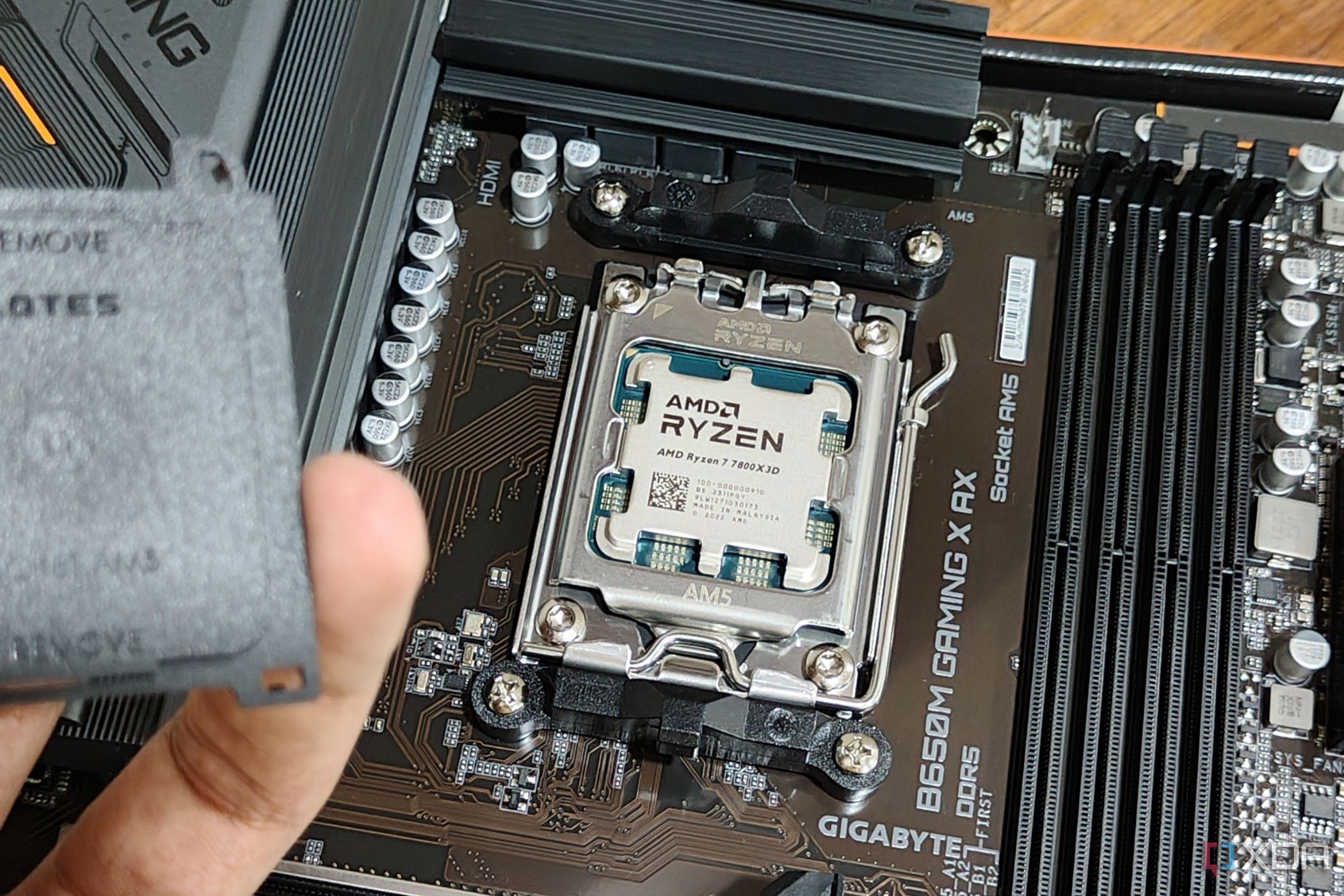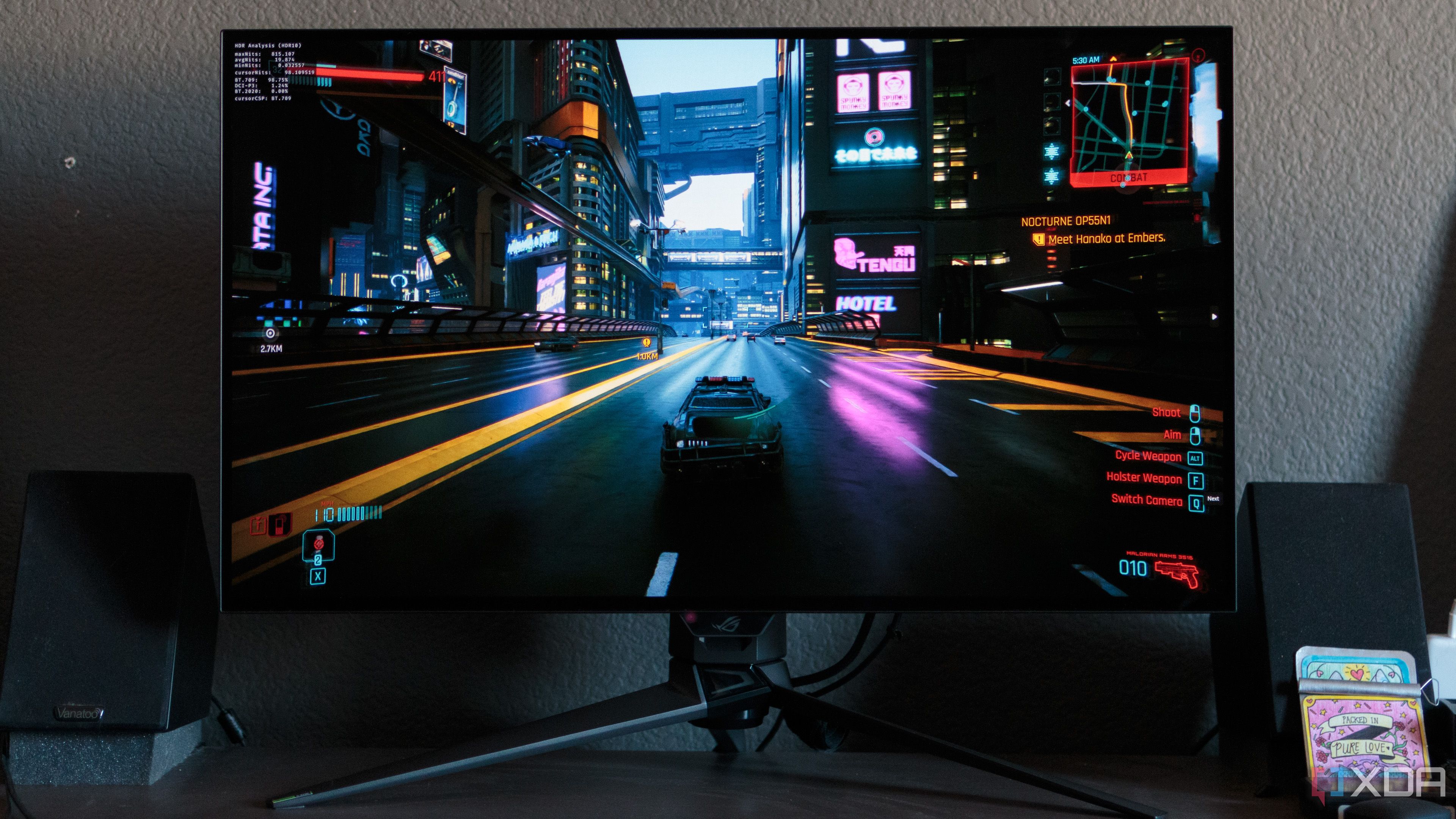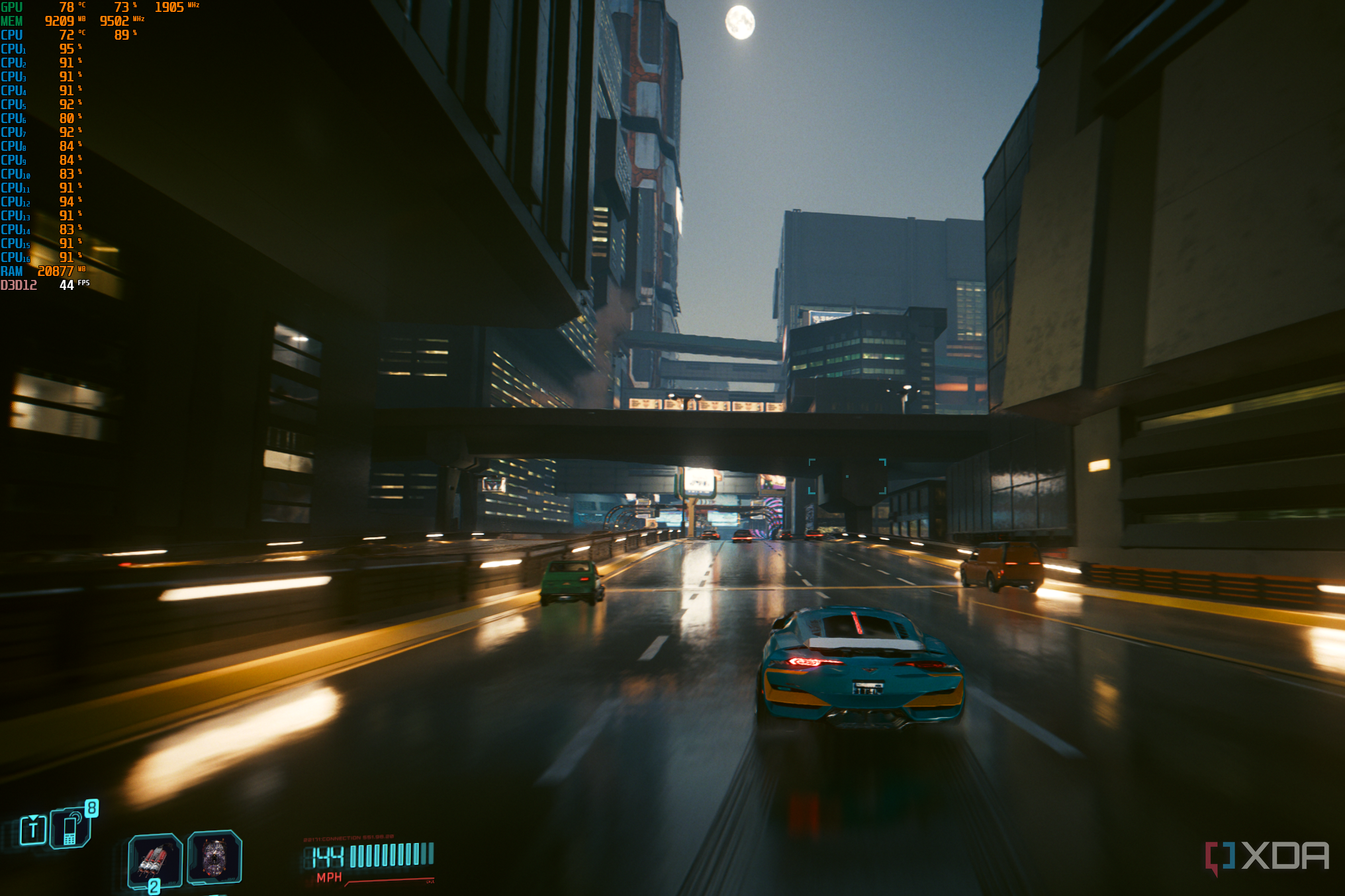People are often tempted to upgrade their crucial PC components, like their CPU and GPU, every time manufacturers release a newer model. While upgrading your graphics card with each generation makes sense since you typically get around 20-30% uplift in graphics performance, a CPU upgrade is hard to justify. Sure, your CPU plays a key role in streaming assets, handling game logic, processing your inputs, etc., but they don’t improve your frame rates dramatically like your GPU does.
So, if you’re in the market for a new Nvidia RTX 50 series or AMD RX 9000 series GPU in 2025, don’t be too pressured to upgrade your CPU. People on the internet might be quick to point out that your CPU will bottleneck your new graphics card, but I’d argue that as long as your CPU isn’t several years old, you should be fine gaming with it in most cases.

Related
3 signs that your CPU is bottlenecking the GPU
A powerful GPU needs an equally capable CPU
3
Your CPU matters less at higher resolutions
Because at 4K, most games are GPU-bound
If you already have a high-end graphics card, like the RTX 4090, and you play games on a 4K monitor, you don’t need to upgrade your CPU just yet, even if you’re eyeing the RTX 5090. For instance, the Ryzen 7 5800X3D, which launched in 2022, will not significantly bottleneck the most powerful GPU that’s available today. Sure, the newer Ryzen 7 9800X3D will help you get a few more frames, but that’s barely enough to make a noticeable difference.
At higher resolutions, like 1440p and 4K, your CPU’s performance doesn’t matter all that much, unless your favorite games are already running well over 100FPS. That’s because games are GPU-bound at these resolutions. So, if you have a mid-range RTX 40 or 30 series graphics card paired with a CPU like the Ryzen 7 5800X3D, you can upgrade to an RTX 50 series card without worrying about major CPU bottlenecks. I’d say this is a cost-effective upgrade, considering you need to buy a new motherboard and RAM kit for newer CPUs like the Ryzen 7 7800X3D and 9800X3D.
2
Core count only matters up to a point
Most games don’t utilize more than eight cores
Most games rarely push modern CPUs to their limits in terms of core usage. I’m not saying more cores won’t help in gaming, but it doesn’t matter much beyond a certain point. In 2025, an 8-core CPU is the sweet spot. So, if you still have a 6-core CPU like the Ryzen 5 5600X or 7600X, you’ll benefit from upgrading to an 8-core CPU. Strategy and simulation games that rely on CPU horsepower will run better on a CPU with more cores. I’ve also seen some AAA titles like Cyberpunk 2077 touching 90% CPU utilization on an 8-core chip.
However, if you already have an 8-core CPU like the 5700X3D or 7800X3D, there’s no need to be obsessed with 12-core and 16-core CPUs like the Ryzen 9900X3D and 9950X3D. When an 8-core CPU, like the Ryzen 7 9800X3D, performs just as well as the 16-core Ryzen 9 9950X3D across all games, why do you need more cores? Unless you plan to use your PC for productivity tasks like video editing or 3D rendering, you won’t benefit much by splurging on a 16-core CPU.
1
You can offset CPU load in games
Tweak graphics settings to reduce your CPU usage
Many gamers overlook how adjusting resolution and graphics settings directly impacts CPU load. Higher graphics settings and resolutions typically shift more workload onto the GPU, alleviating the load on your CPU. As a result, you’ll be less likely to encounter CPU bottlenecking scenarios. For instance, if you have an Intel Core i7 12700K paired with an RTX 4090, all you need to do is crank up your graphics settings, like texture quality, shadow quality, and ray tracing, to reduce the load on your CPU.
Maxing out your graphics settings will inevitably lower your in-game frame rates, but that’s when upscaling and frame generation technologies like Nvidia DLSS and AMD FSR come into play. You can enable DLSS Super Resolution in supported games and enjoy a roughly 30% FPS uplift. And if that’s not enough, you can enable DLSS frame generation to nearly double your base frame rate. The latest RTX 50-series cards take it a step further, with support for multi-frame generation (up to 4x) to help you get even more FPS without making your CPU a limiting factor.
Don’t ditch your CPU just yet
Buying new PC hardware can feel exciting and satisfying, but it’s important to recognize when it’s genuinely beneficial rather than simply following industry hype. If your current CPU still manages stable frame rates with your new GPU and you don’t encounter stuttering or other noticeable bottlenecks, you don’t need to splurge on a new CPU. Upgrading your CPU is pretty expensive because you’re not just paying for the chip but also for a new motherboard and RAM kit. For that amount, you can just get a newer graphics card for a significant performance uplift at higher resolutions. And thanks to technologies such as DLSS and FSR, your aging CPU won’t have to work too hard.

Related
4 clear signs it’s time to upgrade your CPU
Don’t let your CPU hold your PC back













